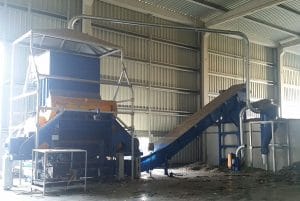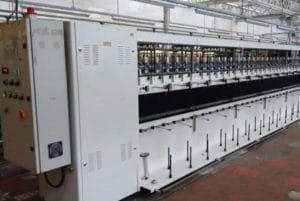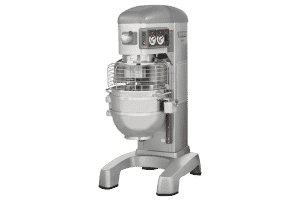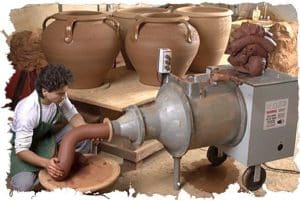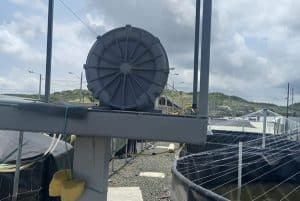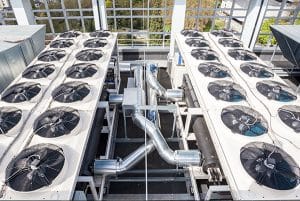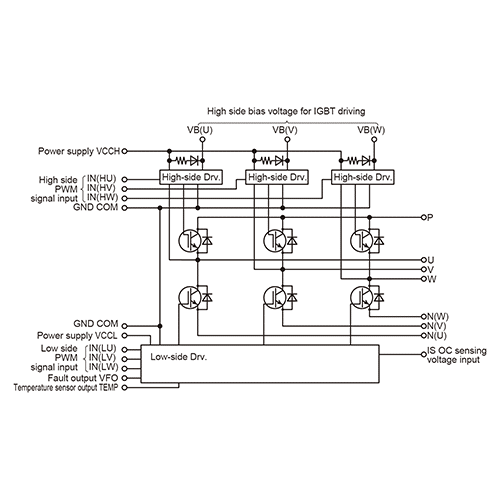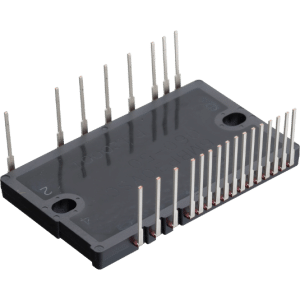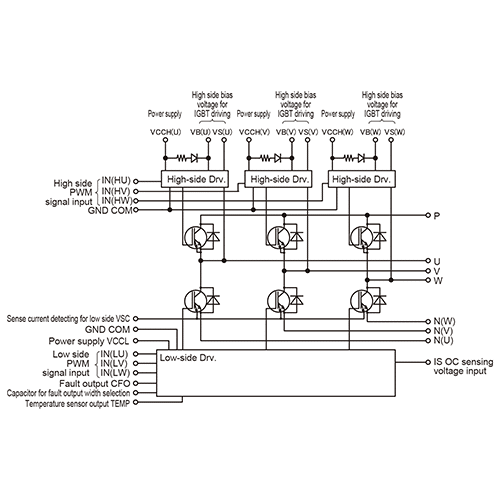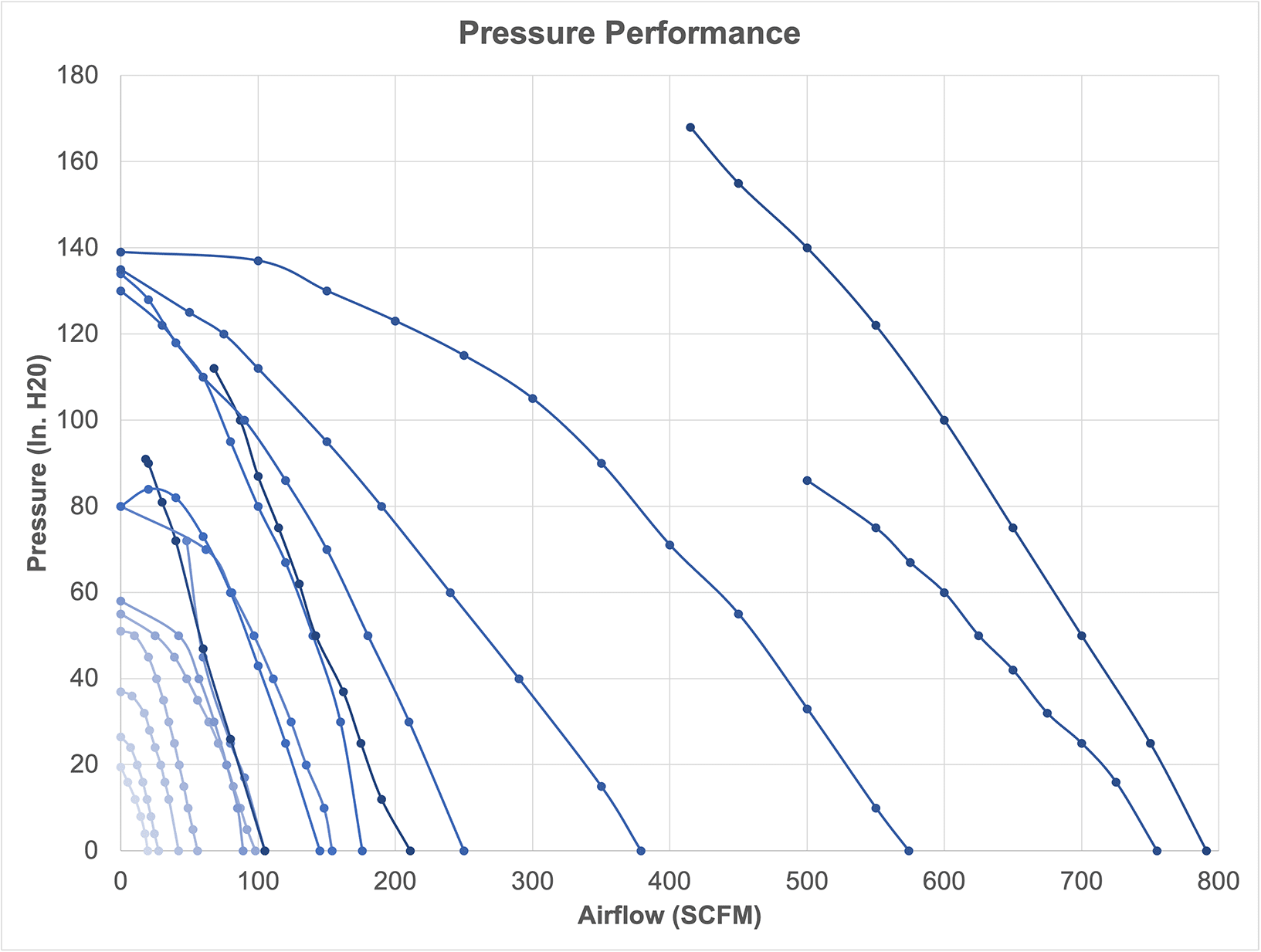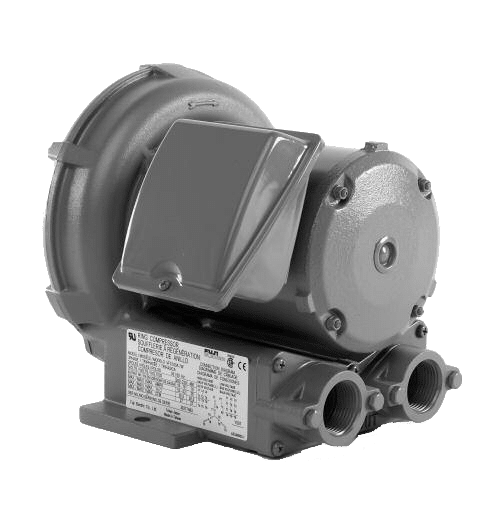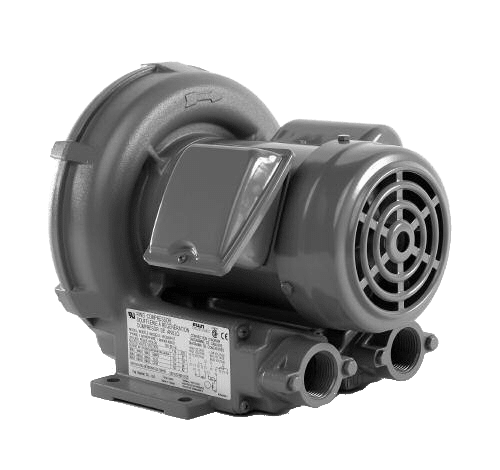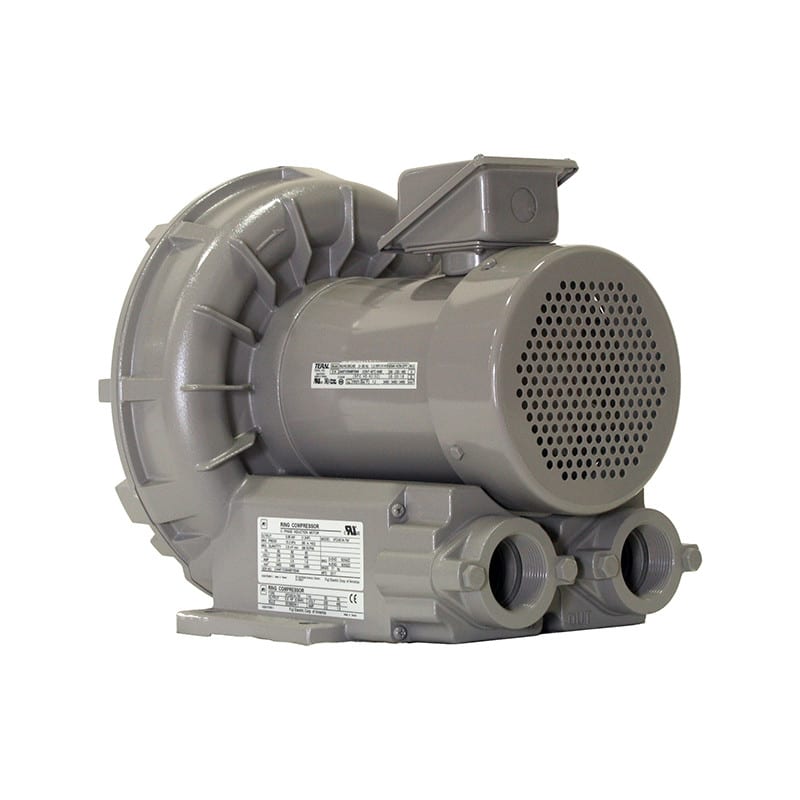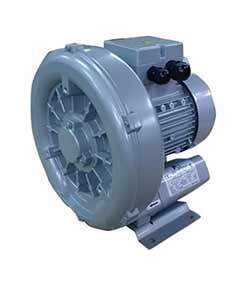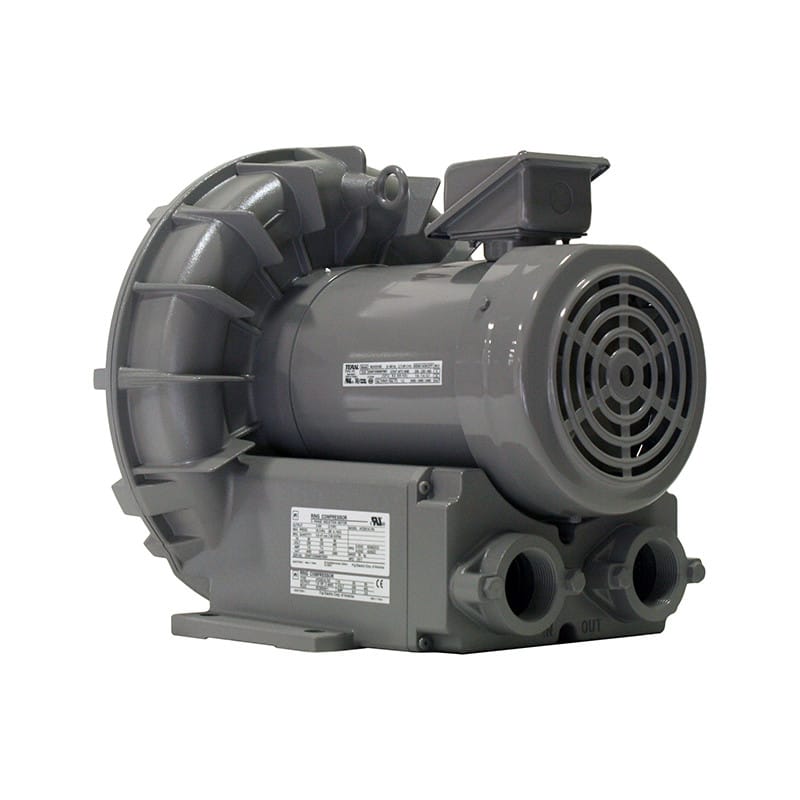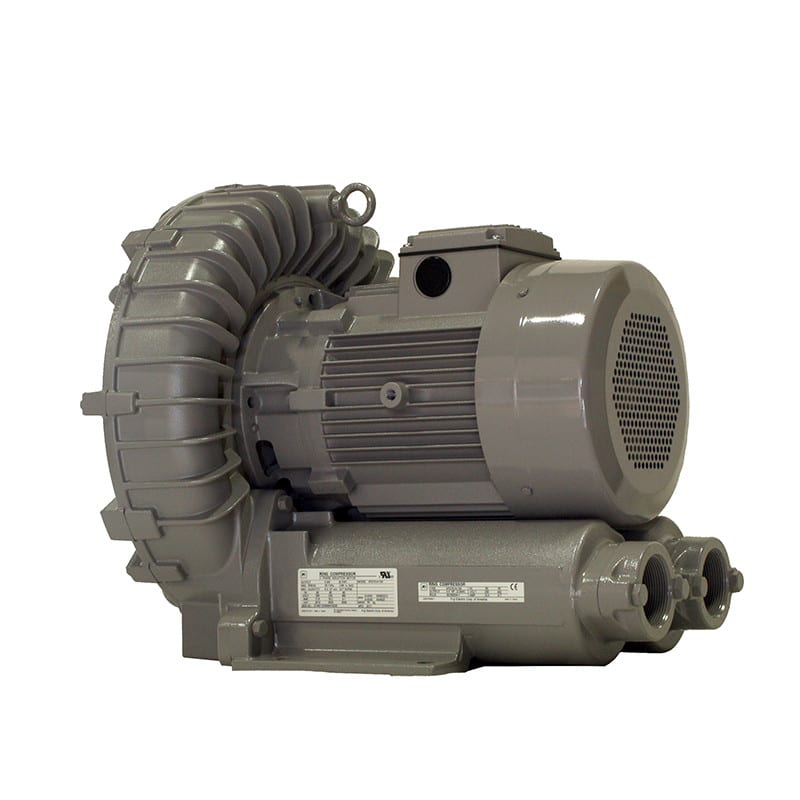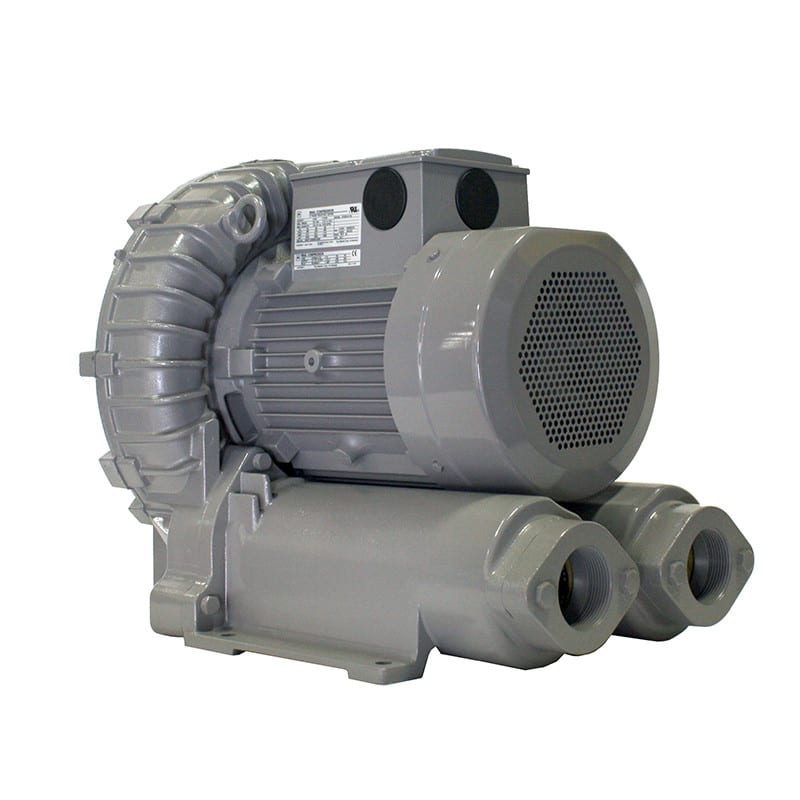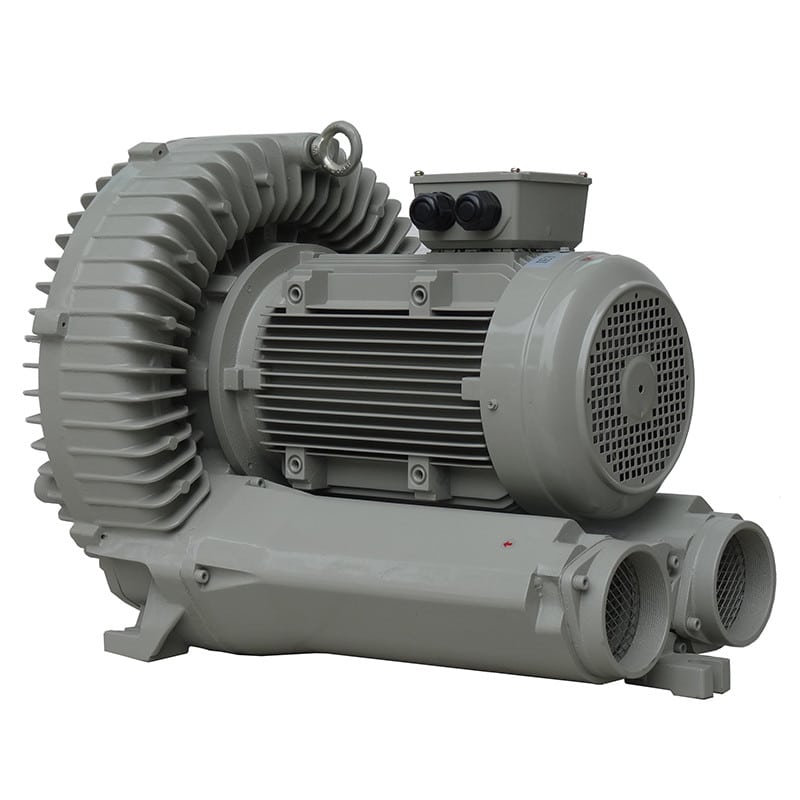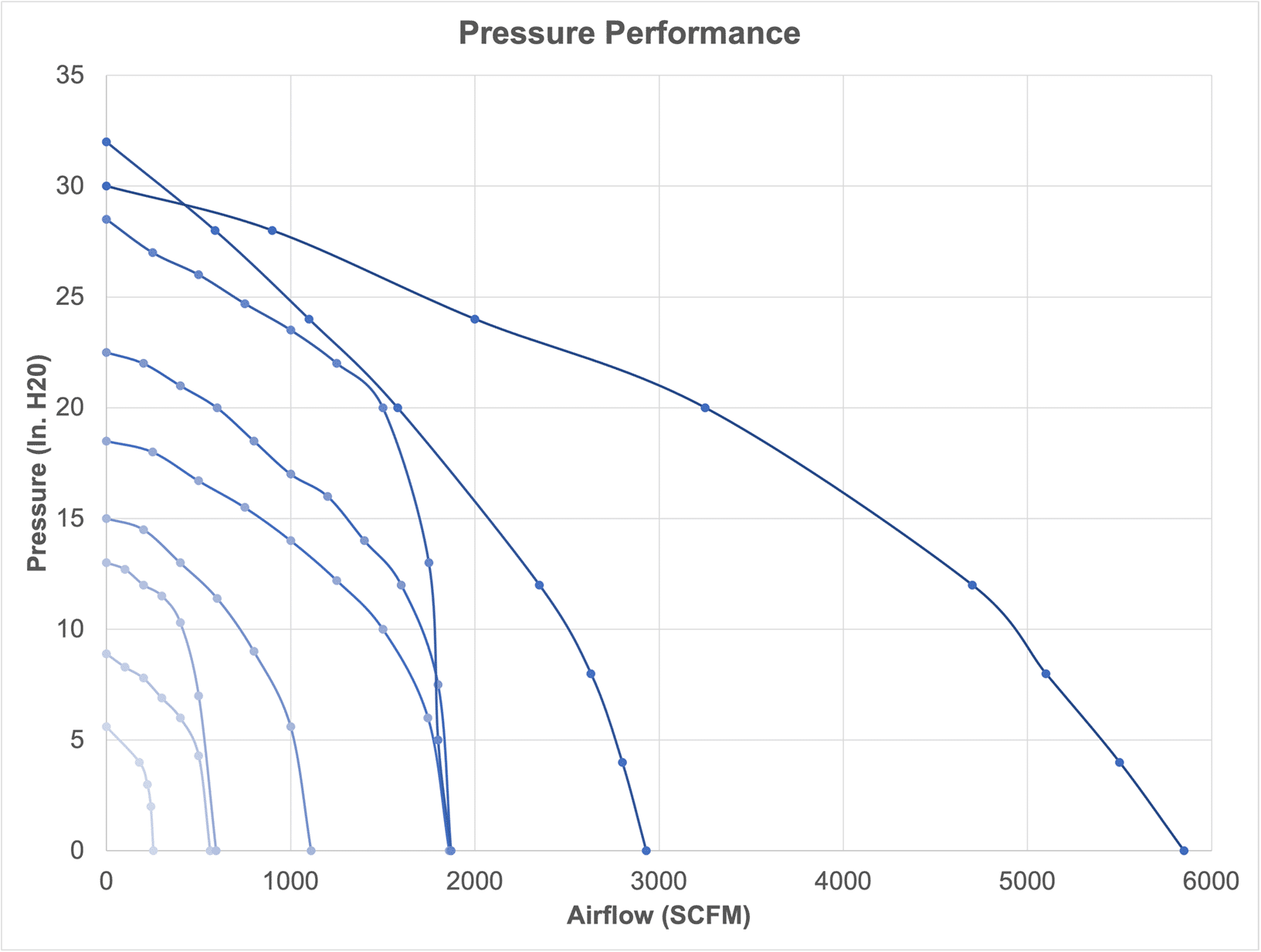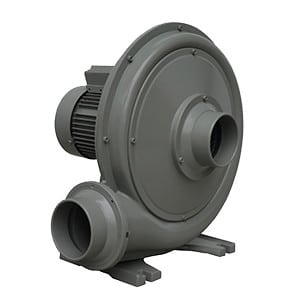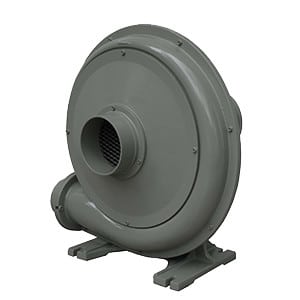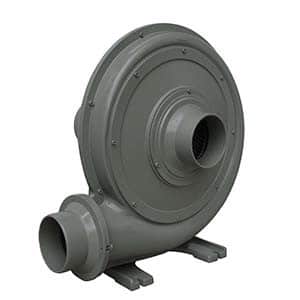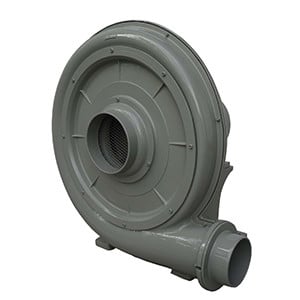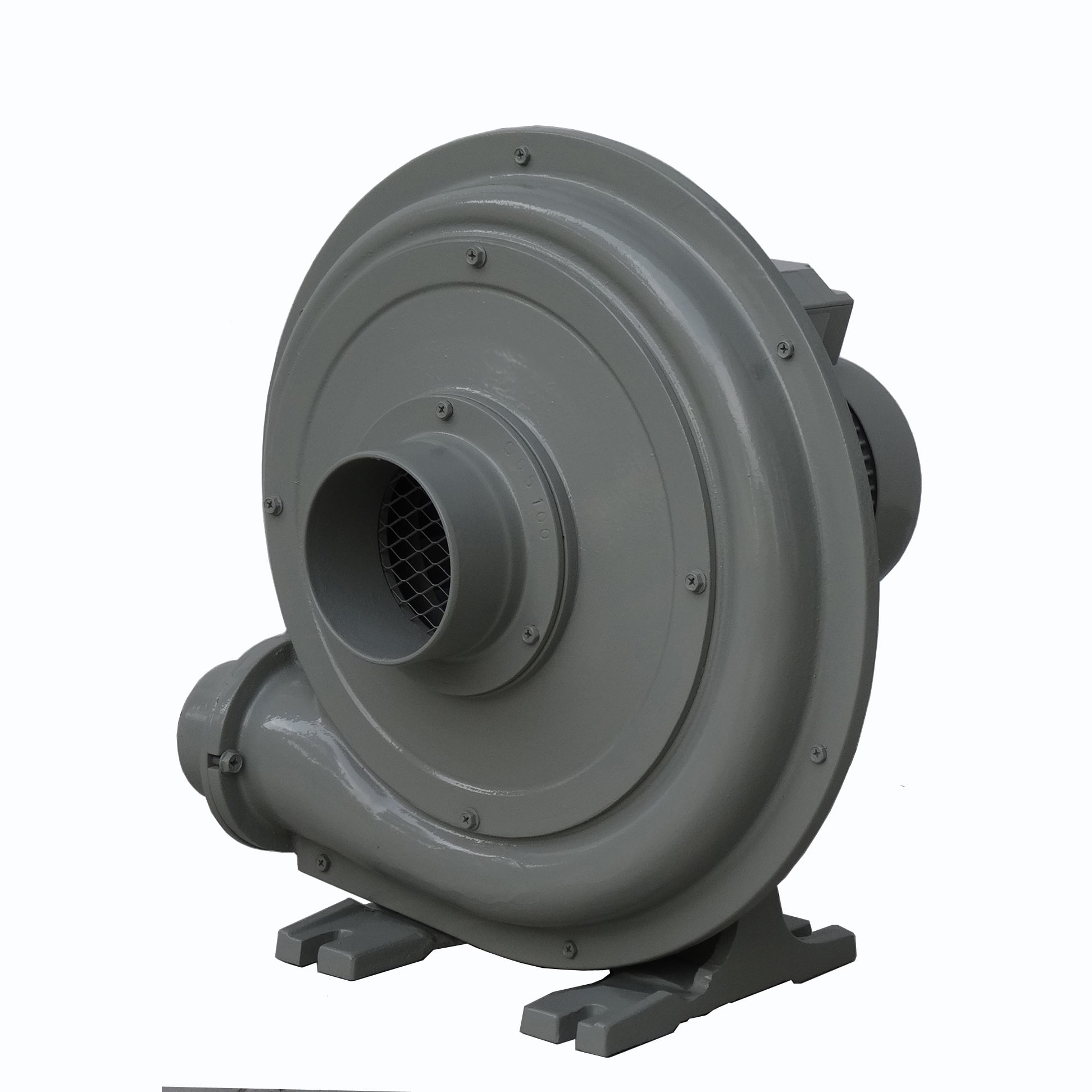Compact analog pressure transmitter
A compact pressure transmitter employs various technologies, such as piezoresistive, thick film ceramic, and thin film metal pressure transmitters. These sensors transform physical pressure measurements into analog electronic signals. The transmitter typically outputs signals in the form of voltage (0 to 5V DC or 0 to 10V DC) or current (4 to 20 mA). 
Advantages
There are several advantages to using a compact pressure transmitter instead of a process pressure transmitter. First, the compact analog pressure transmitter is generally more cost-effective than the process pressure transmitter. Second, the compact analog pressure transmitter is smaller, lighter, and more compact, making it easier to install in confined spaces such as machines. These transmitters are commonly used in aerospace, automotive, industrial equipment, and medical applications.
Disadvantages
However, there are a few drawbacks to using a compact pressure transmitter. Fixed pressure range: The compact analog pressure transmitter has a fixed pressure range that cannot be adjusted by the user, unlike the smart pressure transmitter. Noisy output signal and lower accuracy: The signal from the compact analog pressure transmitter is noisier and less accurate than that from the smart pressure transmitter. It does not offer linearization or temperature compensation. Consequently, the zero point of the compact analog pressure transmitter can shift with changes in ambient and process temperatures. Additionally, compact analog pressure transmitters are more sensitive to environmental conditions and may be more prone to failure compared to smart pressure transmitters. All transmitters can experience drift over time, necessitating regular calibration to maintain accuracy. Due to their design, the least expensive compact analog pressure transmitters are more susceptible to drift and therefore require more frequent calibration and maintenance.
Smart pressure transmitter for process application
Smart pressure transmitters are an advanced class of pressure transmitters that linearize, amplify, and compensate pressure measurements before displaying the readings. Capable of performing pressure monitoring and control applications, smart pressure transmitters are essential components of fluid power systems. The signal output from these transmitters is typically in the form of current (4 to 20 mA) with digital communication protocols such as HART, Modbus, or Profibus.
Advantages
There are many advantages to using smart pressure transmitters over analog pressure transmitters
- Linear accuracy: Thanks to the linearization of pressure measurements, smart pressure transmitters are more accurate and reliable than compact pressure transmitters. They offer an accuracy of 0.065% or better of the set span
- Temperature compensation, stability, and repeatability: Smart pressure transmitters are compensated for variations in ambient and process temperatures, making them independent of external environmental conditions. They can be calibrated using tools with the HART protocol to compensate for drift over time, ensuring long-term stability
- On-demand calibration: The range of smart pressure transmitters can be calibrated on demand to the exact span required for the application. They can be set over a wider pressure range and have a pressure range turndown ratio that allows adjusting their current setting over a large range
- Robust construction and materials: Smart pressure transmitters are more durable and have a longer lifespan than compact pressure transmitters. They are available in a variety of materials and process connections. Their robust construction includes high-quality steel, TIG welds, high-grade bolts and nuts, superior gaskets and seals. They are vibration-resistant and have high ingress protection, offering strong protection against dust and humidity
Disadvantages
There are several disadvantages to using a smart pressure transmitter compared to a compact pressure transmitter. Smart pressure transmitters are more expensive than compact rod-type pressure transmitters, resulting in a trade-off between cost and performance. Additionally, smart pressure transmitters are larger and heavier than compact rod-type pressure transmitters, making them unsuitable for applications where size and weight are critical factors.




